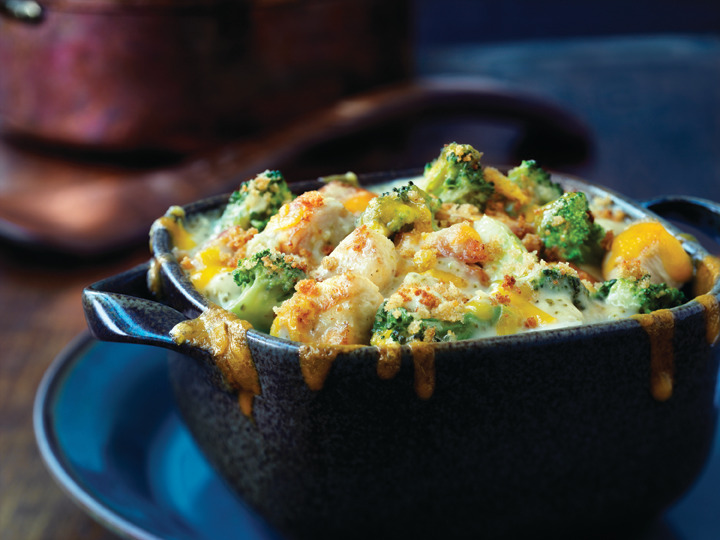According to statistics, Canadians love chicken
. Over the last 30 years chicken consumption per person has increased more than 100%. And there's no surprise in that. Chicken provides a healthy, lean protein option. In addition, chicken is prepared all over the world so it suits a variety of different flavours and cooking methods.
But regardless of the statistics, it's not easy cooking the same meat night after night. To help you out when your family is craving chicken again tonight, here are some tools to expand your chicken repertoire.
First, knowing which cut of chicken is best suited to which cooking method will increase your culinary knowledge and bring inspiration to your mealtime. Then, knowing how best to store chicken means you purchase in larger, more economical, amounts. And finally, some of our best family-friendly chicken recipes so chicken never has to feel boring again.
Different Cuts, Different Methods
A whole chicken can be divided into eight pieces, two each of the wing, breast, thigh and leg. These pieces are also available packed separately and often with boneless or skinless options. Choose boneless when speed is necessary as meat cooks faster without bones. Choose skinless when cutting fat from the diet. Each cut has a different cooking time and is best suited to differing cooking methods.
WING – Best suited to frying, baking, grilling, or simmering for stocks.
BREAST – Whole breasts are best suited for quick cooking methods such as, grilling, broiling, baking, sautéing or poaching to prevent drying out. Boneless strips are ideal for quick sautés and stir-fries.
THIGH AND LEG – The dark meat of the thigh and leg are best suited to long slow cooking methods, such as braising, stewing or in casseroles. Boneless thighs can also be used for quick sautés and stir-fries.
WHOLE CHICKEN – A whole chicken is best suited for roasting, braising, or stewing. A whole chicken is also a great economical choice as it yields 8 pieces of meat. Divide the chicken when you get home from shopping and keep the separate parts refrigerated or frozen for use throughout the week.
Storing Chicken
These same guidelines apply to all poultry to help prevent food-borne illness.
- Refrigerate or freeze chicken as soon as you return home from shopping. Bacteria grows quickly at room temperature.
- Use refrigerated chicken within 3 days of purchase.
- Thaw chicken in the refrigerator overnight. Or, if pressed for time, thaw in a sink in cold water that you change 2 to 3 times during defrosting.
- Wash hands thoroughly after handling raw chicken. Wash any surfaces that came into contact with chicken or juices.
SOURCES:
Canadian poultry industry statistics (2016)
Canadian guidelines for handling poultry

